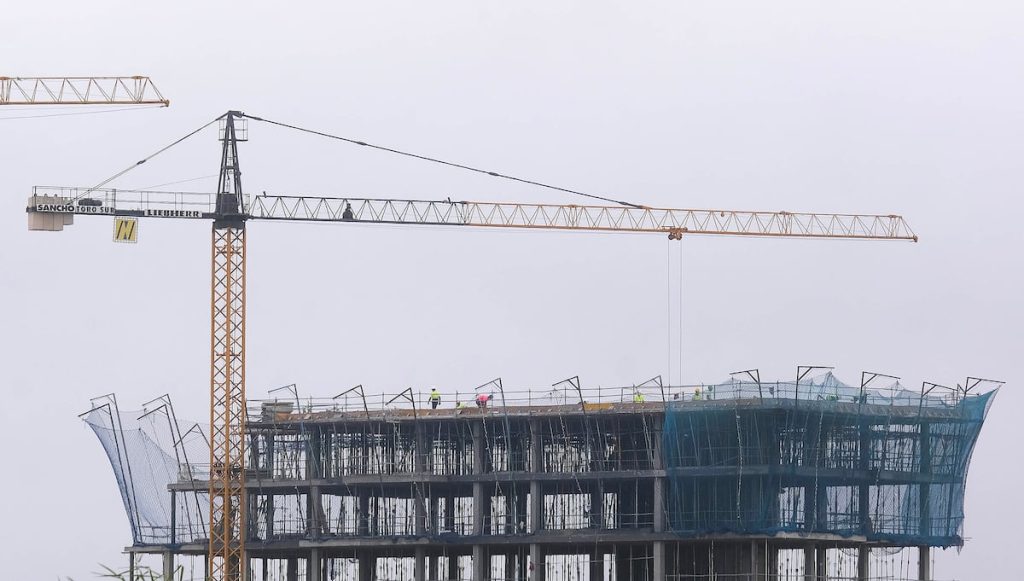The housing crisis that has trapped citizens and sparked social unrest is largely explained by a massive imbalance between supply and demand: there are far fewer houses available than needed. This pressure drives prices up, both in sales and rentals, and frustrates the life plans of an increasing number of people. Félix Lores, an economist at BBVA Research, describes the extent of the crisis as a scarcity of supply issue never seen in recent history. This diagnosis is shared by a large part of the economic, academic, and even political sphere.
On one side is the issue of supply. The number of new homes built in Spain has stabilized at around 90,000 annually. The production of houses entered a stage of strong stagnation due to the economic crisis followed by fear of repeating past mistakes. This led to a notable shortage of new housing, according to a study by Funcas. The demand has been accumulating since 2008, when the crisis began, and poured into the market around seven or eight years ago. The sector was not equipped to meet this demand, leading to a growing gap between supply and demand.
Both the Government and some municipalities and regions in Spain have recognized the magnitude of the problem and are trying to stimulate the market by directly intervening in the creation of supply. The central Government has committed to increasing the housing stock by more than 180,000 affordable homes, relying heavily on cooperation between the public and private sectors. However, there are other factors, aside from construction, that explain the reduction in supply.
In addition, although there are still nearly four million empty or unoccupied homes, most are outside major cities and economic centers, likely in poor condition. According to a union, by combining vacant properties with vacation homes, the rental housing stock could increase significantly in certain areas, buying time while working towards a structural solution. The demand for second homes, bought as investments, has shifted towards tourist rentals, exacerbating the crisis.
On the other side is the demand, the other key to understanding the housing deficit crisis. In 2023, 265,000 new households were formed in Spain, indicating a need for almost 0.4 homes per new household. Demographic projections forecast the formation of 330,000 households annually from 2024 to 2028, widening the gap between supply and demand. With household sizes decreasing and population increasing, the need for affordable housing is expected to increase significantly by 2030.
The lack of available land ready for construction is a major obstacle in addressing the housing crisis in Spain’s major urban centers. The slow urban planning process, aging workforce without generational replacement, lack of qualified labor, and lack of modern construction methods are all contributing to the housing deficit. Addressing these issues will require significant changes in the construction sector, such as greater use of industrialized building methods and attracting younger, female, and immigrant workers to the industry.


